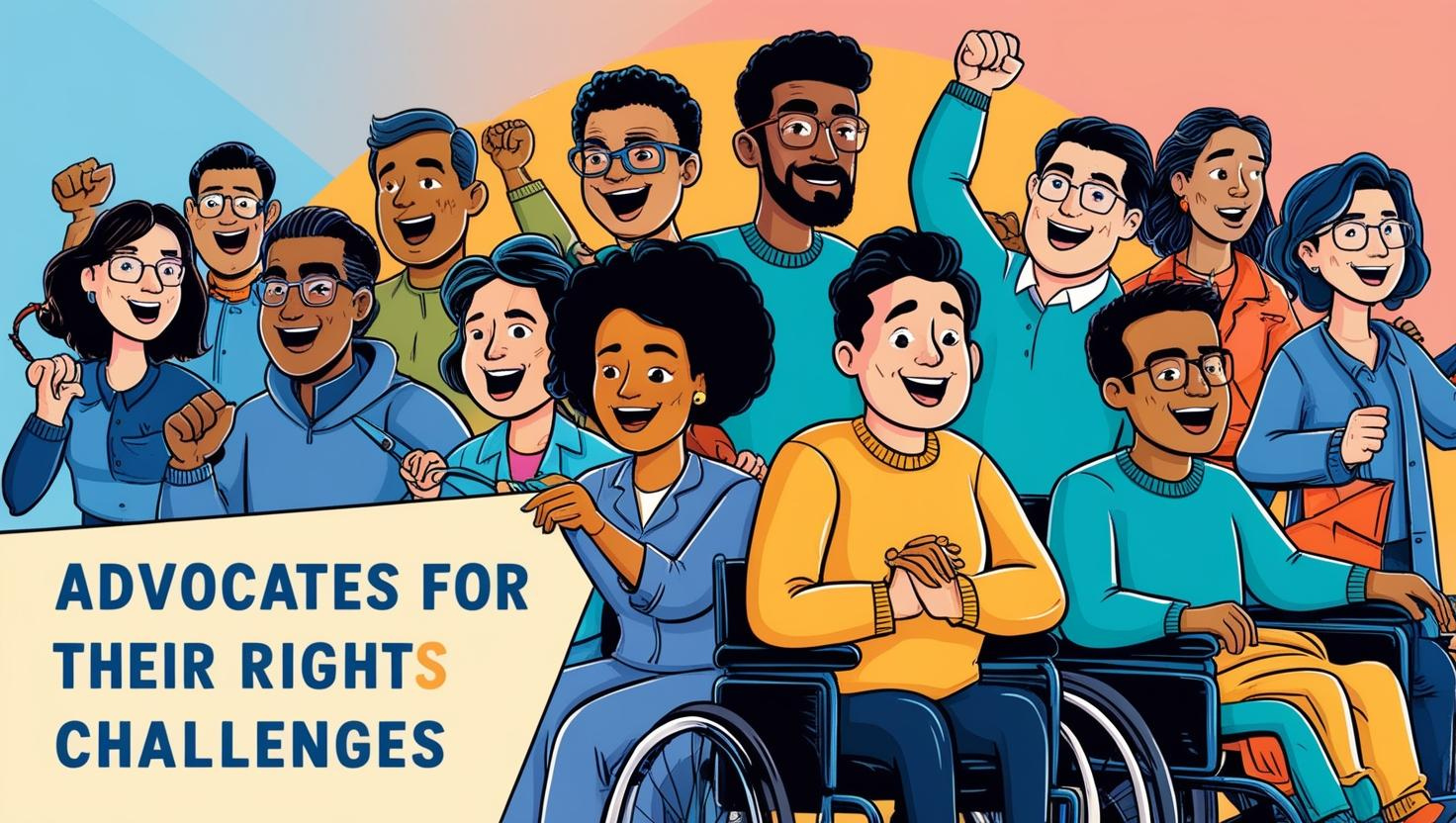Eleanor Hecks is a business writer and researcher with a personal passion for building disability understanding and acceptance in the workplace. You can find her work as Editor-in-Chief of Designerly Magazine, where she writes on business and design topics, as well as in publications such as Training Industry, eLearning Industry and Due.
The Importance of Disability Support Training for Leaders to Foster Workplace Success
Diversity, equity and inclusion initiatives have taken center stage in today's corporate environment. As organizations strive to create workplaces that embrace all forms of diversity, focusing on disability support training for leaders has become crucial. This training is essential for promoting a fair and inclusive work environment and driving overall success.
Why Should Leaders Have Disability Support Training?
The benefits of disability support training for leaders are numerous, making the workplace more supportive and productive for both employees with disabilities and their leaders. The following are some of the many benefits of support training.
1. Builds a Culture of Inclusion
Integrating disability support training into your DEI initiatives demonstrates a solid commitment to fostering an inclusive workplace. It empowers leaders to create an environment where all employees — regardless of their abilities — can thrive and contribute to the company’s success.
This support does not go unnoticed by employees. Research shows that workplace happiness among workers with disabilities has declined almost 20% YoY, while the average employee’s happiness actually increased. The reason for this stark difference is largely due to employers not listening to the needs of their employees and supporting initiatives that would benefit diverse employee needs, such as forcing return-to-work policies.
Through training that builds awareness and acceptance towards various support needs, leaders can better understand how to listen to and work with employees with disabilities and lend the support those workers need to be successful, happy and healthy in their roles.
2. Dispels Stereotypes
Disability support training is one of the best ways to dispel harmful stereotypes that many workers with disabilities navigate daily in the workplace.
For example, one of the most pervasive stereotypes about disabilities is that they predominantly affect older people and that most older people have disabilities. However, disabilities can affect individuals of all ages, and many older workers do not have disabilities — only two in five people aged 65 and older actually experience some form of functional disability, meaning 60% do not. Without proper training, employers may unknowingly use these stereotypes to discriminate against younger employees with hidden disabilities or underestimate the capabilities of older workers.
Disability training helps leaders recognize and support the diverse needs of their workforce. Understanding that disabilities are not limited to a particular age range, race or gender can help leaders better identify and accommodate everyone’s needs. This awareness fosters a more inclusive and supportive work environment where everyone has the opportunity to succeed.
3. Provides Tangible Business Benefits
Aside from meeting leading and ethical standards, prioritizing this training can help enterprises gain a competitive edge in the marketplace.
Disability support training empowers leaders to create a workplace culture that values and accommodates employees with disabilities. Globally, 16% of the population lives with some form of disability. In America, there are about 40.6 million people in this category. Ignoring this demographic can mean missing out on a substantial talent pool.
Additionally, companies employing people with disabilities outperform their peers. Fostering an inclusive environment can lead to remarkable financial and cultural benefits.
5 Steps to Implement Disability Support Training
To integrate disability support training into your organization effectively, follow these strategic steps.
1. Assess Current Knowledge and Needs
Start by evaluating your leaders' current understanding of disability issues. Surveys, interviews and consultations with workers with disabilities can help identify knowledge gaps, unconscious biases and training needs.
2. Engage Experts and Utilize Evidence-Based Training
Partner with disability advocacy organizations and training providers to develop a robust training program. Ensure the content is rooted in the latest research and best practices in inclusion.
3. Focus on Practical Skills
The training should equip leaders with practical skills, such as making reasonable accommodations, using effective communication techniques and creating accessible workspaces. Interactive methods like case studies and role-playing can help leaders apply these skills effectively.
4. Promote Continuous Learning
Disability support training should be an ongoing process. Offer regular workshops, webinars, and updated resources to keep leaders informed about new developments and emerging best practices.
5. Measure Impact and Adapt
Evaluate the effectiveness of the training by collecting feedback from participants and tracking workplace inclusion metrics. Use this data to refine and improve the training program.
4 Ways to Leverage Technology for Disability Support
Incorporating technology can significantly enhance the effectiveness of disability support training. Here are some ways you can leverage technology.
1. Accessible E-Learning Platforms
Use e-learning platforms designed to be accessible to all employees, including those with disabilities. These should support screen readers, offer closed captioning and provide content in various formats to cater to different needs.
2. Virtual Reality (VR) Simulations
Implement VR simulations to provide immersive experiences that help leaders understand the experiences of team members with disabilities. This hands-on approach can foster empathy and improve problem-solving skills related to accessibility issues.
3. Assistive Technology
Educate leaders about various assistive technologies that can support employees with disabilities. This strategy includes software like speech-to-text programs, ergonomic hardware and other adaptive tools that can enhance productivity and comfort in the workplace.
4. Online Resources and Communities
Create or participate in online communities and resource hubs that offer ongoing support and information about disability inclusion. These platforms can be valuable for sharing best practices, accessing expert advice and staying updated on new developments in the field.
Driving Success Through Inclusive Leadership
Investing in disability support for leaders is more than just a moral imperative — it is a strategic business decision. Fostering an inclusive workplace can help your organization unlock your workforce's full potential, drive innovation and achieve greater financial success.
As the world moves toward a more inclusive future, leaders must be equipped with the knowledge and skills to support all people, breaking down stereotypes and creating opportunities for everyone. Implementing comprehensive disability support training is a vital step toward achieving this goal and ensuring workplace success.
About Eleanor Hecks
Share This Article!
Disclaimer: Content on this blog is authored by multiple sources. While we do make every attempt to proofread and fact-check, unless authored our staff, the views expressed do not necessarily reflect those of the Institute for Diversity Certification (IDC), Inc.
More Insightful DEIA Blogs












Share On: